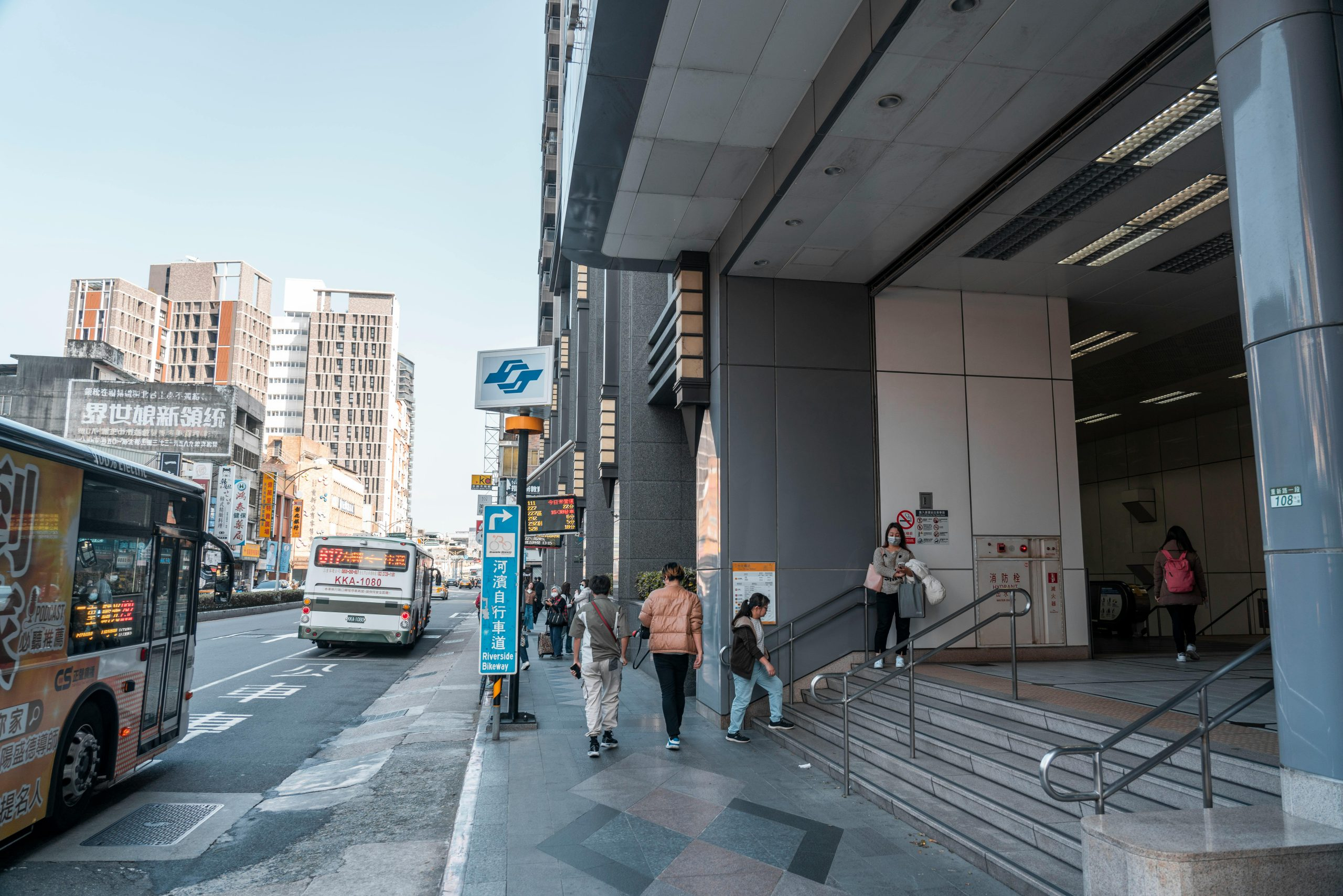Drones’ Role in Modern Transportation Networks
Welcome to the world of modern transportation networks where drones are changing the game. In recent years, drones have been gaining popularity not only in the entertainment and military industries, but also in the transportation sector. These unmanned aerial vehicles (UAVs) have revolutionized the way goods and people are transported, providing faster, more flexible, and cost-effective solutions. In this article, we will delve into the role of drones in modern transportation networks and how they are transforming the logistics industry.
The Rise of Drones in Transportation
With advances in technology, drones have become more efficient and affordable, making them a viable option for transportation. These lightweight, remote-controlled aircrafts have the ability to carry cargo and fly over long distances, making them ideal for use in transportation networks.
The rise of e-commerce and the increasing demand for faster delivery services have accelerated the integration of drones into the transportation industry. Companies like Amazon, Walmart, and UPS are already exploring the use of drones for package delivery. This has sparked a fierce competition among these giants to develop the most efficient and reliable drone delivery systems.
Drones are also being used for medical delivery in remote or disaster-hit areas where traditional transportation methods are not feasible. In these situations, drones provide a quick and safe way to transport vital supplies, such as medicines, blood, and even organs for transplant. This has the potential to save thousands of lives in emergency situations.
Drones in Last-Mile Delivery
One of the major challenges in transportation networks is the last-mile delivery, which is the final step in delivering goods to the end consumer. This usually involves the most time-consuming and expensive part of the delivery process, as it requires navigating through congested urban areas and dealing with unpredictable traffic conditions.
Drones have the potential to solve this last-mile delivery conundrum by flying directly to the consumer’s doorstep. This eliminates the need for delivery trucks and the time spent on the road, thereby reducing transportation costs and delivery times. Furthermore, drones can access areas that are inaccessible by traditional vehicles, such as remote islands or mountainous regions, making them a preferred choice for delivering goods in these areas.
Challenges and Solutions
Despite the many benefits of using drones in transportation networks, there are still some challenges that need to be addressed before they can become a widespread means of transportation. One of the main challenges is the limited battery life of drones, which restricts the distance they can cover and the weight they can carry.
To overcome this limitation, companies are developing smart solutions such as using larger and more powerful drones, implementing advanced battery technologies, and creating charging stations along delivery routes. Additionally, regulations and laws surrounding the use of drones in transportation must be established to ensure the safety and security of the public.
Drones and the Future of Transportation
The potential of drones in transportation goes beyond just delivering goods and medical supplies. With advancements in technology, they could be used for passenger transportation in the near future. Companies like Uber and Airbus are already working on developing drone taxis, which could significantly reduce traffic congestion and travel time in urban areas.
Moreover, drones are being integrated with other emerging technologies, such as artificial intelligence, to make transportation networks more efficient and autonomous. This could lead to a future where drones are an integral part of the transportation network, seamlessly integrating with other modes of transportation to provide smooth and efficient services.
Conclusion
In conclusion, drones are emerging as a game-changer in modern transportation networks, revolutionizing the way goods and people are transported. From last-mile delivery to medical supply deliveries and even future passenger transportation, drones are proving to be a cost-effective, efficient, and flexible solution. As technology continues to advance and regulations become more lenient, we can expect to see an even bigger role for drones in the future of transportation.
So the next time you see a drone flying in the sky, remember that it is not just a toy or a tool for surveillance; it is a crucial player in the ever-evolving transportation industry.










